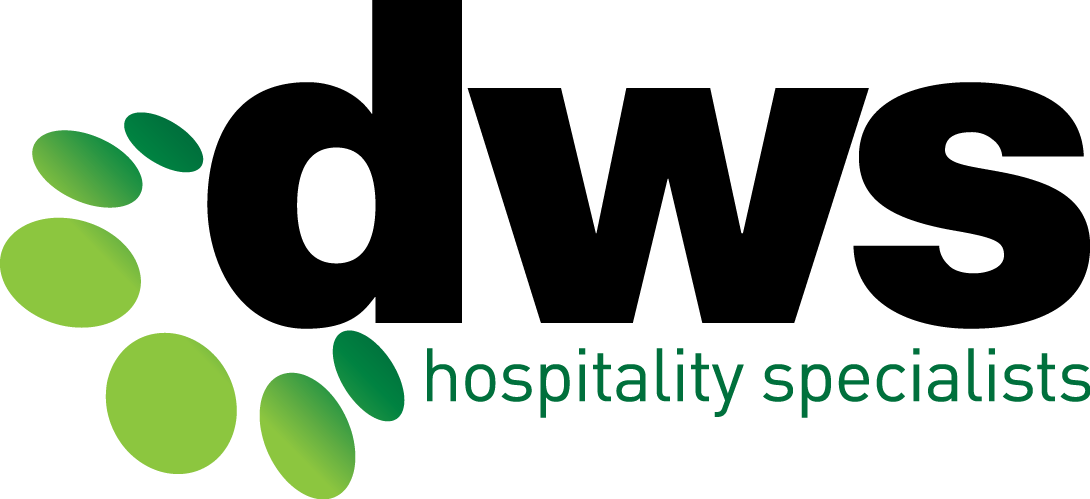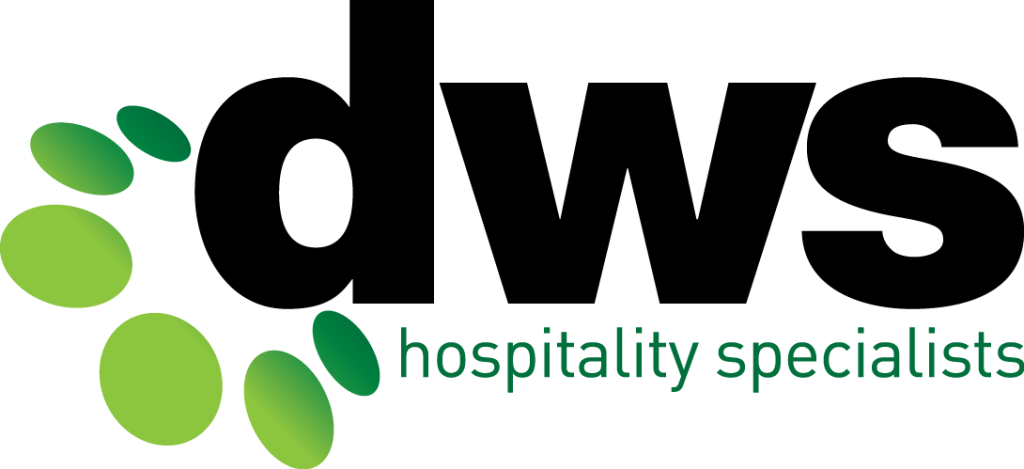Like so many Aussies, I’ve always been a big fan of The Wiggles (and The Cockroaches before them!) and the fun and engaging messages in their songs and TV shows.
Recently, the original Wiggles came back together to perform a series of charity concerts to raise funds for bushfire victims and wildlife. Greg Page, the original yellow Wiggle collapsed as he left the stage and went into cardiac arrest. Luckily, with immediate CPR and defibrillation, Greg is recovering well in hospital. We wish him and his family well in the recovery phase and beyond.
Sudden cardiac arrest is not just a heart attack. Everything stops – no heartbeat, no pulse, no breathing, loss of consciousness. Sometimes there are warning signs (and please, never ever ignore them) but often there are no signs. The statistics are frightening. Around 30,000 Australians die of sudden cardiac arrest per year. The survival rate if you have a cardiac arrest outside of a hospital is approximately 10%. Yep, that is correct. 10% survival rate. The first 3 to 5 minutes are crucial for survival.
But what has been interesting have been discussions I’ve had around defibrillators and the misconceptions of how and when to use them, and also how they work. Many public places (pubs, clubs, libraries, large offices, sporting venues etc.) now have Automated External Defibrillators (AED) installed. You will see prominent signage where the AED is installed.
A defibrillator works by momentarily stopping the heart and the erratic rhythm by delivering a dose of electric current to the heart, with the intention of allowing normal heart rhythm to resume.
Should you witness a person potentially having a heart attack with cardiac arrest (i.e. unconscious AND not breathing), it is vital that you or someone else:
- Starts CPR immediately.
- Call 000. The emergency operator will help guide you in performing CPR so ensure the call is on speaker and you can hear them. Do not hang up.
- Find the nearest AED and bring it to you.
- (If an AED is available) Remove the person’s clothing on their torso in order to apply the pads to their chest.
- Follow the instructions provided to you by voice commands and pictures on the AED.
The Automated in AED means that all you need to do is place the pads in the position illustrated on the pad or the device itself. There will be a razor in the AED holder if you need to shave off excess hair. Plug in the pads to the device and press start. The AED will start reading the heart activity and advise you to either continue CPR or to stand clear so it can deliver the electric current through the pads. The AED will tell you whether it needs to shock the person again or if you need to keep going with CPR. There is no guesswork.
Key takeaways from this blog:
- The AED will not shock the person if they don’t need it.
- You don’t need special training to use an AED. It will talk you through what to do at each step.
- First aid training with CPR and use of defibrillators is a great skill to have and maintain.
- Look after your health and don’t ignore the warning signs!
If you want further information about first aid requirements or installing an AED in your workplace, please call 0401 014 619 or email michelle@dws.net.au today.
CTA Training Specialists offer first aid training as either public courses or at your own venue.



